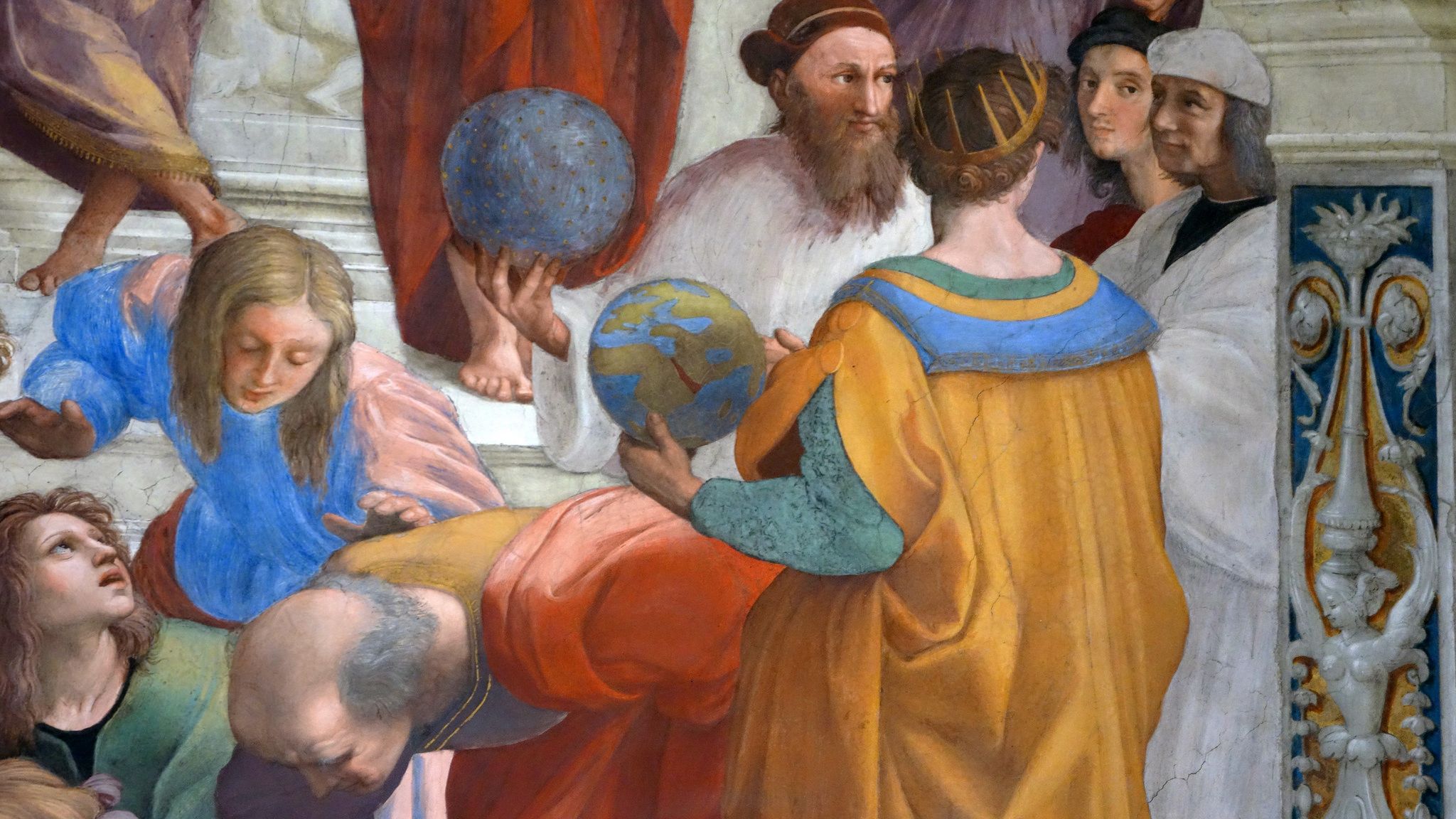Among the most well known of the European portrayals of Zoroaster is that of the figure in Raphael’s 1509 The School of Athens. In it, Zoroaster and Ptolemy are having a talk. Zoroaster is holding an elegant globe.
 Philosophy
Philosophy
In the Gathas, Zoroaster sees the human condition as the psychological battle between asa (truth) and druj (lie). The cardinal idea of asa – which is very nuanced and just enigmatically translatable – is at the establishment of all Zoroastrian principle, including that of Ahura Mazda (who is asa), creation (that is asa), presence (that is asa) and as the condition for Free Will, which is ostensibly Zoroaster’s most noteworthy commitment to religious rationality.
The motivation behind mankind, similar to that of all other creation, is to support asa. For mankind, this happens through dynamic support throughout everyday life and the activity of helpful considerations, words and deeds.
Components of Zoroastrian theory entered the West through their impact on Judaism and Middle Platonism and have been distinguished as one of the key early occasions in the advancement of logic. Among the great Greek logicians, Heraclitus is frequently alluded to as propelled by Zoroaster’s reasoning. Contemporary Zoroastrians frequently point to the similitudes between Zoroaster’s reasoning and the thoughts of Baruch Spinoza. He was exceptionally persuasive.
Excellent article Mafrin
Awesome reading